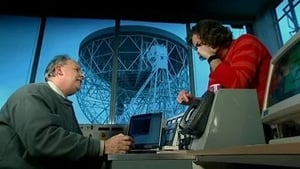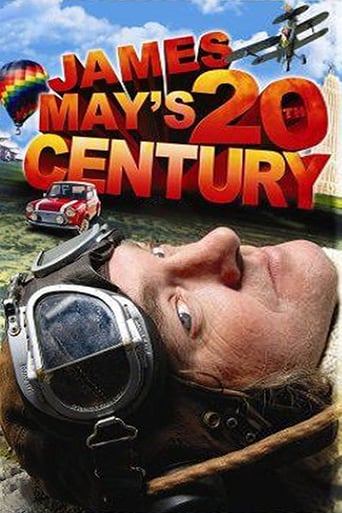
Like many small boys James May dreamt of becoming an astronaut. Even though he may not have realised his dream he sets off to find out what space exploration has done for him, and the rest of us. And he’s got just the right motor to begin the journey - a moon buggy…
"The moon buggy, or ‘Lunar Rover Vehicle’ to give it its proper name, has to have been the most expensive car ever made. It cost 38 million dollars. And that didn’t include delivery".
His first stop is Staveley Road, Chiswick, West London. It was here that Britain felt the first impact of the space race in 1944, when the street was struck by a Nazi V2 – the rocket powered terror weapon, and the distant ancestor of the Saturn V that put a man on the Moon in 1969.
Next James links up with a team of amateur rocketeers to understand the pyrotechnic principles of rocket science first hand, before heading to Cape Canaveral in Florida, to see the real deal for himself. Here he meets a veteran of the Apollo programme and pays homage to the massive, 525ft, Saturn V. From there he probes the depths of the universe thanks to the enormous radio telescope at Jodrell Bank, and confronts the full implications of the revolutionary 20th Century theory - the Big Bang.
Then it’s off to Mission Control, Guildford, where James borrows a satellite orbiting 700km overhead to take a photograph of Earth. Finally James talks to astronaut John Blaha, who has spent nearly six months in orbit, in order to understand how going into space changes the way you see the world.
"Even the pilot of Apollo 9 said he felt lucky to be "looking down like a guardian angel on all of history and music.. of life and love". And it’s not like he was a hippy or anything", says James.

